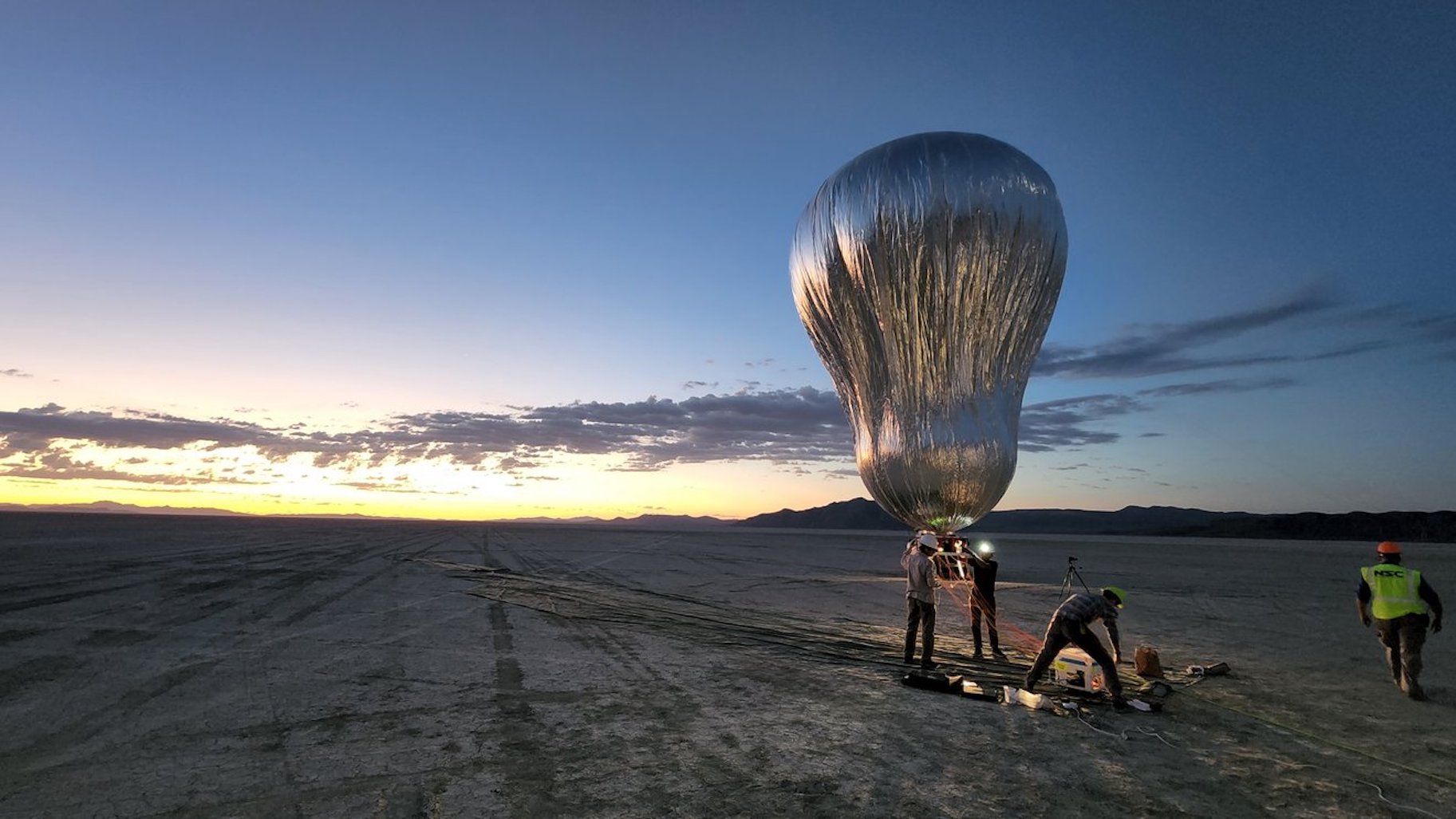Create a free profile to get unlimited access to exclusive videos, sweepstakes, and more!
Past Venusian probes have met a fiery fate, but hope floats for new prototype weather balloon
The future of Venus exploration could be in floating laboratories.

The International Space Station has allowed us to investigate space and the ways humans can interact with it for more than two decades. It’s an orbital laboratory where humans live for extended periods to learn more about our capabilities, and more about our planet. It’s a beautiful story and one which is best told by the people who have lived on the station. That’s the premise behind the documentary The Wonderful: Stores from the Space Station.
When it comes to investigating the cosmos, whether in low-Earth orbit or at the far reaches of our solar system, there are few things better than long-term science laboratories. Much like visiting a foreign country, you can learn a little from a quick visit, but you can’t really know what a place is like unless you stick around for a while. Humanity has done a decent job of filling our solar system with cool scientific instruments. We have them on the Moon and we’ve practically overpopulated Mars with roving laboratories, but getting them on Venus presents a unique set of challenges.
Despite Venus being similar to Earth in many ways — it’s roughly the same diameter and density and has similar surface gravity — it’s wholly different in most ways that count. The atmosphere on Venus is almost entirely carbon dioxide and is roughly 90 times denser. That thick, carbon dioxide rich, atmosphere traps greenhouse gases like you wouldn’t believe. Temperatures get upward of 900 degrees Fahrenheit. The air is thick, it’s hot, and it’s filled with caustic chemicals. It’s not a pleasant place to be whether you’re a person or a robot. On the handful of occasions when we have dared to put a craft on the surface of Venus, they have died a quick and unpleasant death.
There are, however, pockets of Venus that aren’t quite so challenging as the surface. When it comes to studying Venus, it’s all about location, location, location. That’s why researchers from NASA’s Jet Propulsion Laboratory, in collaboration with Near Space Corporation, have created a novel sort of spacecraft which might one day fly the Venusian skies.
Atmospheres funnel most of the mass and pressure toward the surface. The higher you fly, the less air there is above you. That means there’s a point at which the atmosphere becomes a lot more hospitable, if not for humans than at least for our machines.
Together, JPL and Near Space have built a scientific laboratory attached to a weather balloon, but it’s no ordinary balloon. The craft is made up of two layers, an inner balloon filled with helium and an outer balloon which can expand and contract. When the craft wants to move up or down in the atmosphere, it needs only to release helium into the outer shell or pump it back into the interior. Consequently, the size and shape of the outer balloon changes, making the whole thing more or less buoyant, and the craft moves up or down. It’s estimated the floating laboratory could operate at altitudes between 171,000 and 203,000 feet in the Venusian atmosphere.
Before we can get to Venus though, we needed to test the concept on Earth. To that end, the team built a prototype floating lab about a third of the size of the proposed Venusian version and sent it for two test flights over Nevada’s Black Rock Desert. It climbed to about 4,000 feet, a region of our own atmosphere which is comparable in temperature and density to the atmosphere on Venus at 180,000 feet. During the test flights, the craft successfully launched, performed altitude adjustment maneuvers, and was recovered without incident.
It's believed that such a flying lab could operate for weeks or months at that height on Venus. That may be short compared to the years-long missions we’re used to with Mars crafts, but it’s a whole lot better than our previous best effort on Venus, which only survived on the surface for about two hours.
If things continue according to plan, the real thing could eventually find its way to the clouds of Venus where it would monitor the atmosphere and might even be able to detect venusquakes from the acoustic waves they generate in the air. If the lab does ever fly, it won’t be alone. An orbiter would make the journey along with the balloon and circle the planet. From orbit, it could collect a global picture of the planet’s atmosphere and act as a communications relay with Earth.
These test flights were a good proof of concept and lend weight to a future when astronomers are able to add Venus more permanently to the planetary exploration party. And you can’t have a party without balloons.


























